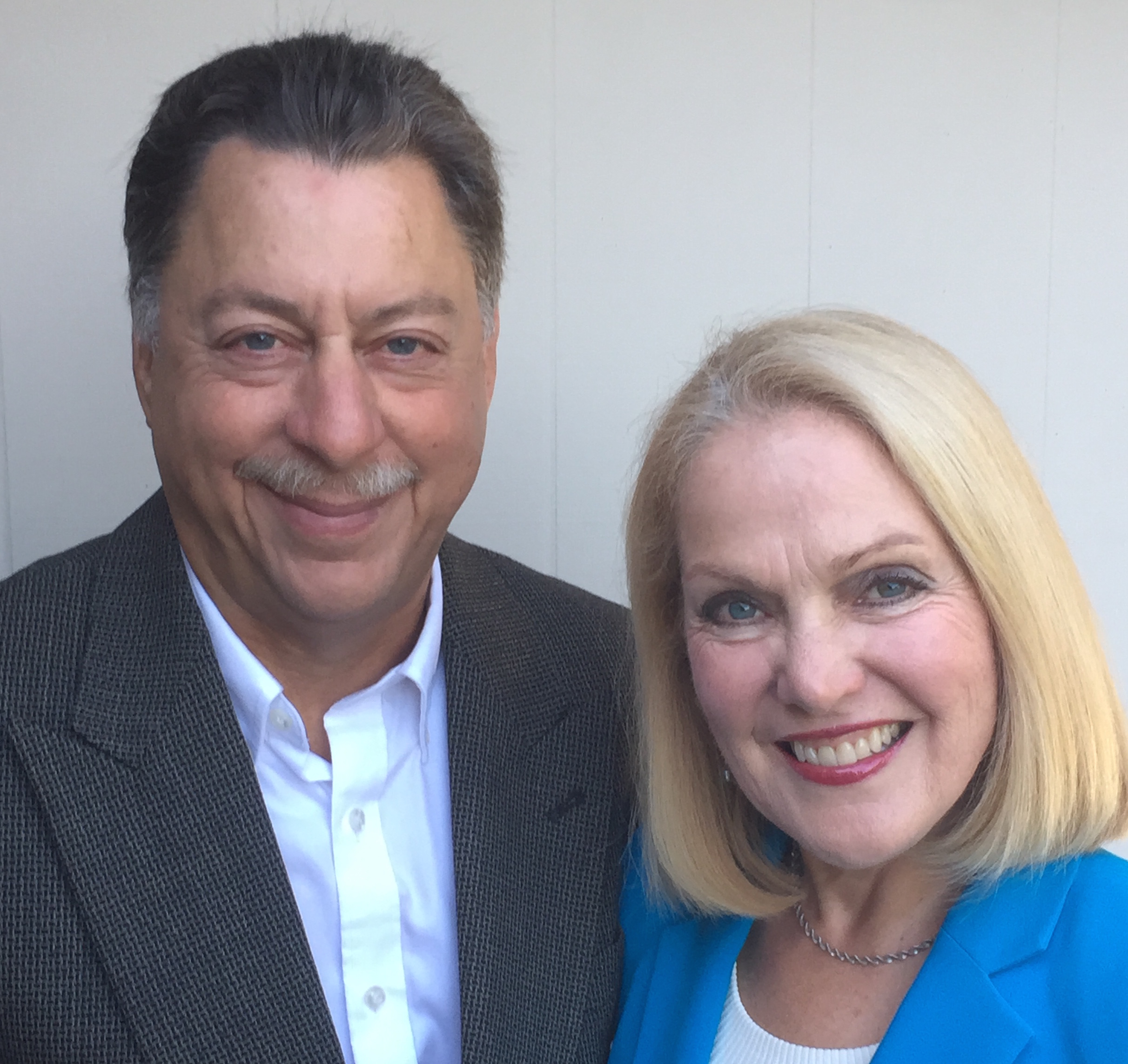
Five Very Personal Questions Older Advisors Need To Ask Themselves
Advisors talk to clients all the time about the big topic of retirement. The industry inundates the media with advertising among competitors about who can do retirement planning best. You help clients plan for how to reach their goals. You do your research and calculations. You offer sage advice after years of experience. And then there’s your OWN plan: when is it time to schedule your own exit from the burdens of your work?
We often hear “age is only a number” or “age is just a state of mind”. That’s not really true. Age is a process that takes its toll and ignoring it can be costly. We work, we have our self-image of productivity and success. We pass 50, then 60 still going strong. But one day, you forget an important phone number you should know. You quietly ignore it. Until it happens again. You forget names and that’s not really such a big deal, as lots of your age-mate friends laugh about the same thing. But at the back of your mind there is that tiny, creeping doubt: am I starting to “lose it”?? Fear has emerged in the shadows of your consciousness. “How long can I keep going?”
The literature of the financial services industry is replete with advice about advisors’ succession planning. Sounds good, but it never tells you exactly when to move on, to merge your business with one managed by younger folks, or sell the book of business to someone you trust.
Here at AgingInvestor.com, we offer a deep dive into information about aging clients and how to spot signs of trouble. We give you our professional guidance as aging experts on how to understand when your client is demonstrating dangerous signs of diminished capacity. We give you concrete suggestions about what you need to do. We spend a little time on the subject of the impaired advisor too, and how firms can deal with that. But we have not asked you to look within and formulate a plan for your own exit strategy when you, yourself see any warning signs that age is affecting you in your work.
It’s time to do just that. We know that many advisors are still doing fine at 60, 65, 70 and up. However, age statistics don’t lie and loss of sharpness can happen to anyone. Advisors don’t age differently from anyone else in the world. A few firms do have a mandatory retirement age but most don’t. Independent advisors are independent for a good reason. You didn’t want to march to the beat of an institutional drum. That independence has likely led to greater job satisfaction and perhaps even greater financial success. But it leaves you vulnerable when you are on your own, getting on in years and not clear about whether to merge with a firm, sell, or otherwise set a date for realizing your own exit strategy.
Here are five things to ask yourself in considering the question: when is it the right time for me to exit this business?
- Am I noticing any changes in my memory such as forgetting appointments or important phone numbers I ought to remember easily?
- Am I having any difficulty concentrating on complex financial information that is part of the nuts and bolts of my work?
- Has anyone in my life encouraged me to retire, “take it easy” or otherwise modify my work life?
- Have I failed to create an exit plan for myself the way I help my clients set their retirement dates?
- Am I afraid that if I retire, merge my business or sell my book that I will lose a sense of my own self-worth or identity?
If the answer to the first two questions is “yes”, that’s a signal to attend to rather than ignore. It may be time to quit while you’re ahead. If you have not thought these things through, that’s what needs to happen. As for the last questions, 4 and 5, consider this. Anyone who gives up a long-held identity based on what you do for a living has to face the same challenges. And many people do transition successfully to a different lifestyle, to finding purpose in other pursuits or in removing a major source of stress that can come from your work. The life cycle does not go on forever, despite society’s denial of aging. Kicking the bucket at your desk is not a pretty picture. On the contrary, you can set your glide path out in a graceful way.
The Takeaways:
If you are 65 or above, you really do need an exit strategy. It could take some years to execute it but have a plan. If you do not have one, create one. If you have any small, back-of-your-mind doubt about being as sharp as you once were in a younger day, pay attention to that little doubt. It just might be your internal nudge to make your exit happen. Consider a strategy that allows this at a time when you can make the most of the benefits involved while you’re still at the top of your game. What you have created has value. Take advantage of negotiating with that value at its high point.
Carolyn L Rosenblatt, RN, Attorney, AgingInvestor.com







